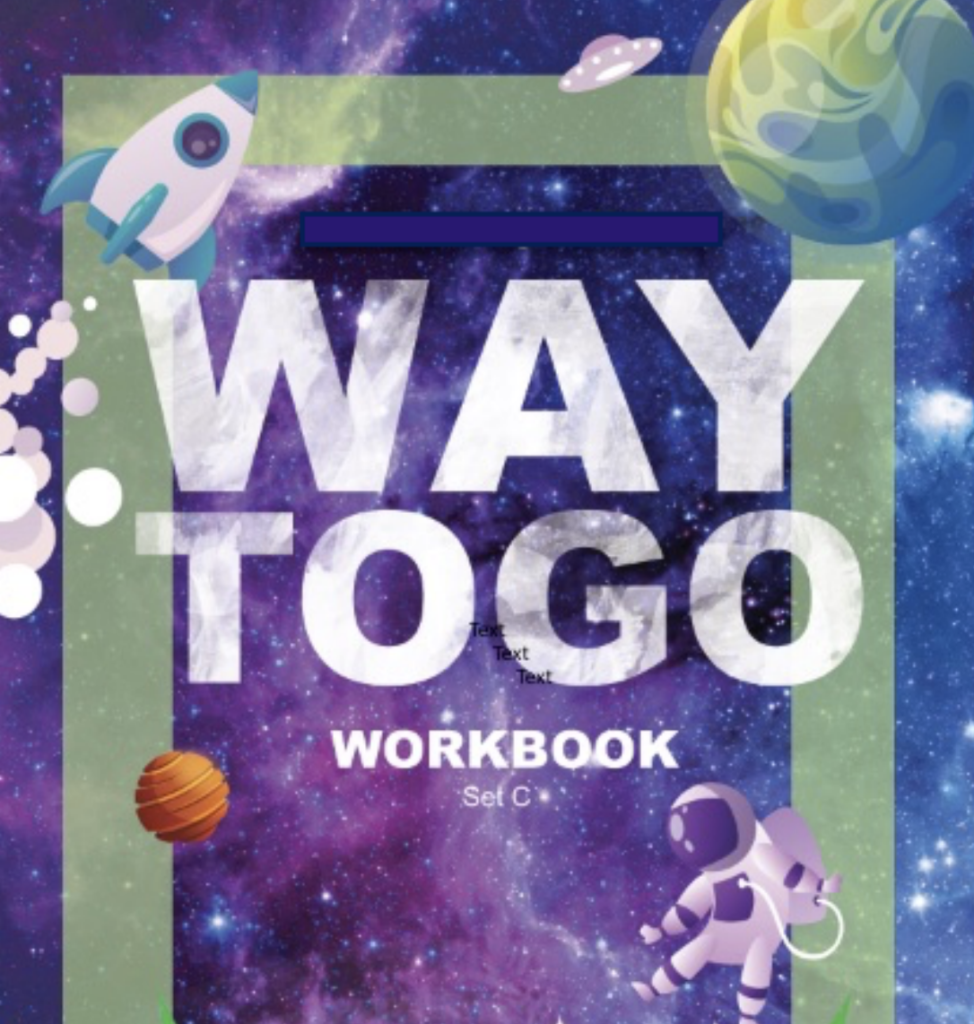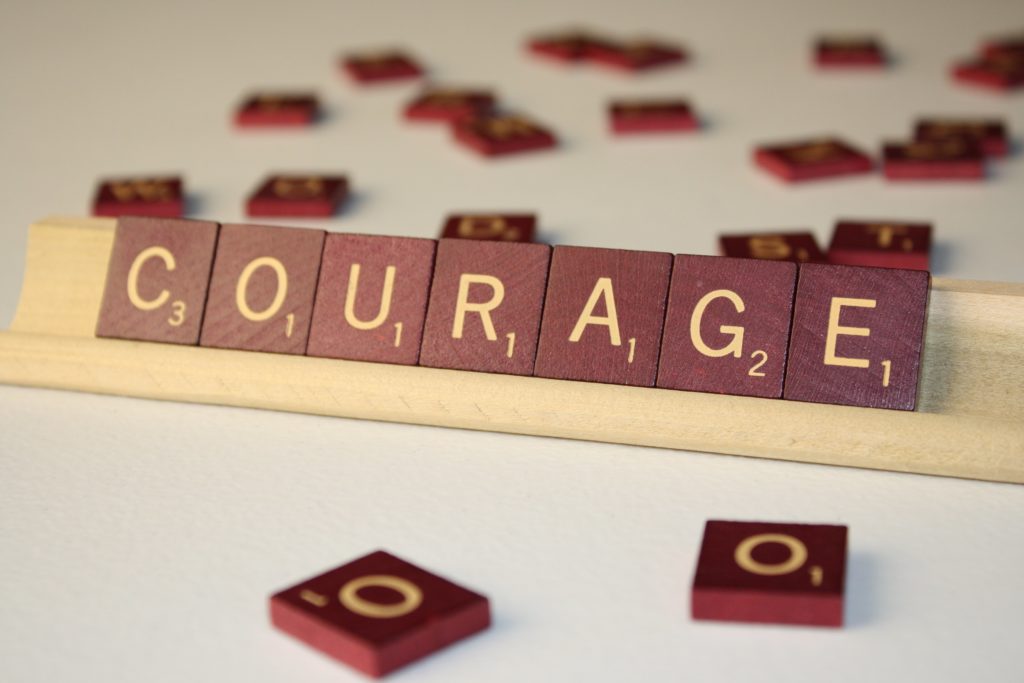Managing Stress: Part 2
A key part of managing stress is mindset. Check out part 2 of our 5 part series on managing stress.
Did you miss part 1? Check it out here.
A key part of managing stress is mindset. Check out part 2 of our 5 part series on managing stress.
Did you miss part 1? Check it out here.

It’s easy to get caught up in the stress of everyday life. Here’s a few tips to keep a positive mindset.

CC! can help schools with a resource to provide online lessons for use during this time that schools are closed.
Teachers can share with students a 10-12 minute lesson incorporating compelling images, quotations and thought-provoking short writing and discussion activities that focus on each of the three core domains of student development: academic, social/emotional and character.
We are providing a number of these lessons free to any teacher that would like to incorporate character into their online learning experiences.
Elementary School Way To Go Lessons

With seemingly endless streams of tweets, Instagram photos and Facebook feeds society can seem glued to their cell phones. Social media is ingrained in our everyday lives from the time we wake up to the time we go to sleep. In 2019, 42% of the population, or 3.2 billion people used social media daily. That translates to millions of posts and photos being shared and re-shared every day. Social media is most prevalent in the lives of younger generations, with 90.4% of Millennials reporting to use social media compared to 77.5% of Gen X and 48.2% of Baby Boomers.
We consume news and entertainment, connect with friends and family and share our opinions through our many social channels. However, It can be easy to get caught up or lost in all of the information out there. Sometimes it’s difficult to decipher what’s true or untrue, or what’s real or fabricated. It’s important that we connect, share and learn with social media, but it’s also important that we do these things responsibly. Here are some practices to follow in order to remain responsible with your social media use.
Think about future implications of what you post. What we post never truly goes away on the internet, so it’s important to take a second look at why we are posting something. Many times we snap a picture, write a clever caption and then click “post” without thinking of the future implications of what we post. When looking for jobs, employers can search a potential employee and find many things about their life (good or bad), or when tensions are high, it’s easy to post something hurtful or harmful to someone. Really consider why you are posting something and the future effects it could have on your life or the life of someone else.
Make sure you’re following reputable news sources. In the age of “fake news” we are bombarded with hundreds of news stories every day, some accurate some not so accurate. Make sure the news sources you’re following are either verified or have reliable and fact-checking journalists with good reputations. Don’t take everything you read at face value, and make sure you have all of the facts straight before you share or comment on a story.
Be mindful of the time you’re spending on social media. On average, we spend 2 hours and 22 minutes on social media every day. Logging the time we spend on each of our social media apps can be a helpful way to breakdown and better understand how much time we are spending staring at our devices. If you feel that you’re spending too much time scrolling through Facebook or Instagram, consider setting limits for yourself.
Understand you’re often seeing highlight reels. Many people share their accomplishments and milestones on social media, and that’s a great thing! Sharing our successes because we’re proud and want to show that to the world can make us feel good and validated. However, it’s also important to understand that no one’s life is as perfect as it may seem on social media. Social media tends to be a reel of our life’s highlights as we don’t share the difficult times. It’s easy to compare ourselves to others, especially when we are going through tough times. But remember everyone goes through ups and downs and social media doesn’t always accurately represent that.
Follow the THINK Model before you post.
T- is it Truthful?
H- does it Help?
I- does it Inspire?
N- is it Nice or Necessary?
K- is it Kind?
Keep a close eye on your child’s social media. Decide with your child when it is ok for them to make a social media profile and sit down to help them create it. Monitor who they follow and who is following them, as well as who they may be chatting with. Turning on strict privacy settings will allow you to control who can see your child’s information or posts. Keep an eye on what they are posting, making sure that they don’t share too much and are following the THINK model.

As we gather around those who are most important to us this holiday season, we should keep in mind the Six Pillars of Character. Each Pillar can offer a new way to spread holiday cheer and joy to friends, family, coworkers, neighbors and even strangers.
Trustworthiness It can take a lot for us to put our trust in someone and for someone to trust us, and the holiday season is a great time to work on building trust. The most simple and straightforward way to build trust is to keep your word. If you say you’ll do something, do it. If you make a promise, keep it. During the holidays, we often count on one another to get the gifts, make the food, send the cards out or put up the decorations. By keeping track of and completing your holiday responsibilities you become dependable and build trust. Trust can even be built by inviting new people to your holiday gatherings, cooking a dish for a family in need or shoveling snow for a neighbor.
Respect Sometimes respect can get lost in the shuffle of the hectic holidays. When we are in crowded stores it can be easy to get frustrated with store employees or other shoppers. We need to remember that we are all doing our best, but sometimes stress can get the best of us. In these times, we should remember to always treat others how we would want to be treated. Being kind and forgiving to overworked retail employees, letting a busy family go ahead of us in line or using reusable shopping bags shows that we have respect for those around us and the environment. The holidays are all about being grateful, so show those around you that you respect them by following the golden rule.
Responsibility If you’re the one hosting a holiday gathering, you have a lot of responsibility on your shoulders. Always keep your word and do what you said you were going to do, but don’t be afraid to ask for help. If you need friends or family to bring a dish, help you clean up or watch your kids or pets, reach out to them. This can help you meet your responsibilities, but also help show you how responsible others in your life are.
Fairness It’s always the thought that counts. The holidays are not about comparing gifts that you have given or received. The holidays should be focused on celebrating the relationships of those closest to us. It can be easy to get caught up in the material things and the gift-giving, but making sure that we treat those around us with fairness should be at the forefront of our minds.
Caring There are countless ways that we can show that we care this holiday season. We usually show that we care by giving gifts to our loved ones, but we can show that we care in other ways as well. By donating our unused clothing, donating blood, cooking for a family in need or simply sending holiday cards we can show that we are thinking about all members of our community. For those that don’t have close families or don’t have the means to buy gifts, the holidays can be a difficult time. So, let’s show them that we care and want them to have a merry holiday season.
Citizenship The holidays are a great time to show that we are dedicated citizens. One of the best and easiest ways we can do this is by supporting local businesses and local restaurants. We can show our support of our communities if we do our holiday shopping at local stores that are run by our neighbors. Going to events put on around the neighborhood is also important. Whether it’s a craft fair, a holiday light show or an ice skating event, we can connect with members of our community while supporting those who make our communities so special.

From our guest contributor, Dr. Michele Borba.
Here are nine ways to stretch kids’ risk-taking muscles in our bubble-wrapped world, so they can face adversity and do the right thing:
1. Model courage. Kids who watch their parents stick their necks out to do the right thing are more likely to do the same. Let your child see you step out of your comfort zone, whether it’s tackling your fear of heights or speaking up to your boss. Then express how good it feels when you conquer your fear instead of taking a shortcut. Kids learn how to take on the tough challenges they face from witnessing how you tackle your own fears.
2.Talk about values and courage. Research finds that kids are more likely be courageous if they believe that their parents expect them to support those in need. Discuss bravery with your kids: Tell them, “Courage is making the choice to do what you know is right even if you are afraid.” Some parents develop a family courage mantra like “We find courage to do what’s right, even if it’s hard.” Or you might tell your child, “Our family speaks up and helps others.”
3. Stop bubble-wrapping and rescuing your kids. Always “fixing” children’s problems only makes them more dependent and reduces their ability to bravely seek their own solutions. It also sends a disturbing message: “I’ll help because you can’t do it alone.” If you’re “over-helping,” start building your child’s courage muscles by putting him in the driver’s seat. He – not you – tells his coach he can’t make practice. She apologizes to her pal without your assistance.
4. Encourage your kids to share their acts of bravery. Learning to be brave takes practice, so encourage your children to do something courageous every day, like introducing themselves to someone new, inviting a new classmate to play or standing up for a peer. Then take time to focus on their courageous breakthroughs. One dad I spoke with had his kids list their “brave successes” on paper strips, then stapled the strips together to make “courage chains.” A mom I talked to had her kids to share their brave deeds at dinner time.
5. Dispel the “Superman myth.” Many kids assume they need to look like a superhero to be courageous. Share stories of those who changed the world with their quiet, nonphysical brave acts. Jackie Robinson, the first Major League baseball black player, was heckled because of his skin color, and showed great bravery by preserving and conducting himself in a professional manner on the field (where he excelled) as well as off it. Mahatma Gandhi – who would go on to be the leader of nonviolent civil disobedience – ran home after school every day, as a child, because he was too shy to talk to anyone. Rosa Parks, the African American Civil Rights activist who refused to give up her seat to white passengers, was described as “soft-spoken … timid and shy.”
6. Read about courageous kids. Share inspiring news and stories about children who stick their necks out for others. A couple of my favorite books for younger kids are “Courage” by Bernard Waber and “Brave Irene” by William Steig. Check out these titles for older kids: “Wringer,” by Jerry Spinelli and “Stand Up for Yourself and Your Friends” by Patti Kelley Criswell and Angela Martini.
7. Encourage young kids take brave baby steps. Instead of picking her daughter up, a friend of mine helped her 3-year old find courage to cross a small bridge by empowering her. “Be brave, Clara,” she told her daughter. “You can do it.” Clara continued, repeating to herself, “Be brave, Clara!” And she learned something when she crossed the bridge: “I’m brave, Mommy! I’m brave!”
8. Teach kids to prioritize safety.Even as we teach our children to be brave, it’s still important to temper risk-taking. Certainly, we want our children to be safe. So tell your child that safety is always the first priority. If someone could get hurt and the risk is too great, teach your kids to always get adult help or call 911 if needed. Encourage children to trust their instincts, when they have concerns that something is unsafe.
9. Teach your kids how to reduce their fears. If not kept in check, fear can be overwhelming. Teach your child simple strategies to be brave. You might encourage positive self-talk, such as saying, “I can handle this” or “I have courage to do this.” Or teach your child to take slow, deep breaths to find courage. Research finds younger children are more likely to share their fears with another child. Though you want them to be open with you, let them know it’s also OK to share their worries with a friend. Choose a fear reducer that works best for your child and then help her practice that until it becomes a habit.
For kids to thrive in today’s uncertain world, they will need courage and confidence. Let’s help them find their hero within and learn to be brave!

Character Education Objective:
Content Objective:
Language Objective:
Purpose:
Our words have the power to build others up or tear them down and we have to be accountable to the consequences of the words we say. Sometimes when students make the mistake of using their words to harm in moments of frustration or anger they believe that an apology will smooth it all over, but the damage is done. Below is a powerful lesson of how we cannot go back and undo the harm we have done, so we have the responsibility to choose our words wisely.
Lesson:
Paper Words (10 min)
Before the activity, prepare the materials. Each student will need one clean sheet of paper
Family Connection
Encourage families to watch Words Matter: https://www.youtube.com/watch?v=x1ZGijbp9go&list=PLkhTlECZJKgcyq06YGfuGyxhceC32iSio&index=7&t=0s
Give the following prompts to discuss as a family:

Character Education Objective:
Content Objective:
Language Objective:
Purpose:
Taking responsibility for our own actions and problems in life is a skill we need to build. There will always be escalators breaking down in our lives, so we must take ownership over what we can control to keep moving up the stairs. This lesson highlights the importance of recognizing the things you can take responsibility for to #GetUnstuck and keep moving forward.
Lesson
Independent (2 min)
Watch the video as a class Stuck on an Escalator: https://youtu.be/Kq65aAYCHOw (3 min)
Small Group Discussion (8 min):
Whole group share out (4 min):
Reflection Journal (Independent task) (3 min):
Family Connection
References
Radclev, Bob. “Stuck On An Escalator – Release Your Trapped Emotions!”. Getanswers.Com, 2013, https://youtu.be/Kq65aAYCHOw.

“Talent sets the floor, character sets the ceiling.” – Bill Belichick
As a society, we tend to put far too much emphasis on natural talent. We watch great athletes, or listen to world-class singers and marvel at their gifts, but sometimes fail to recognize or discount the work it takes for those individuals to excel. Of course, talent matters. But, your talent level is only your starting point.
Your talent tells you the minimum amount you should achieve. Some people start with a higher floor (more talent) than others, but relying on talent never takes us higher than the floor. To realize our full potential, to maximize that talent, requires character. Your work ethic, your passion, your diligence, your ability to work with others, your character, determines how far you will take that talent.
We all start somewhere, and there’s only so much we can do about that starting point. But, where we finish is determined by our character. “Talent sets the floor, character sets the ceiling.”

Character Education Objective:
Content Objective:
Language Objective:
Purpose:
Human beings need opportunities to build and maintain positive relationships in all stages of life. Providing teens with opportunities to develop a clear definition of what healthy relationships look and sound like is important to help ensure health development, physically, socially, and emotionally. Creating positive models and situations to practice healthy boundaries and communication is important to grow relationships and social connections.
Lesson
Independent
Productive Group Work:
Whole Group Discussion:
Reflection Journal (Independent task)
#BeSeen
#CharacterCounts